When I was a kid, my mom turned our front yard, in Reno, Nevada, into a garden. I remember walking through rows of tall corn stalks that felt like an enchanted forest.
I tried growing corn last year, but I started too late in the season.
This year, after learning my lesson and starting earlier, I’ve got sweet corn thriving in my garden.
With a kid who loves it on the cob and a spouse who adores his nightly popcorn, it’s kind of a must-have in my veggie garden.
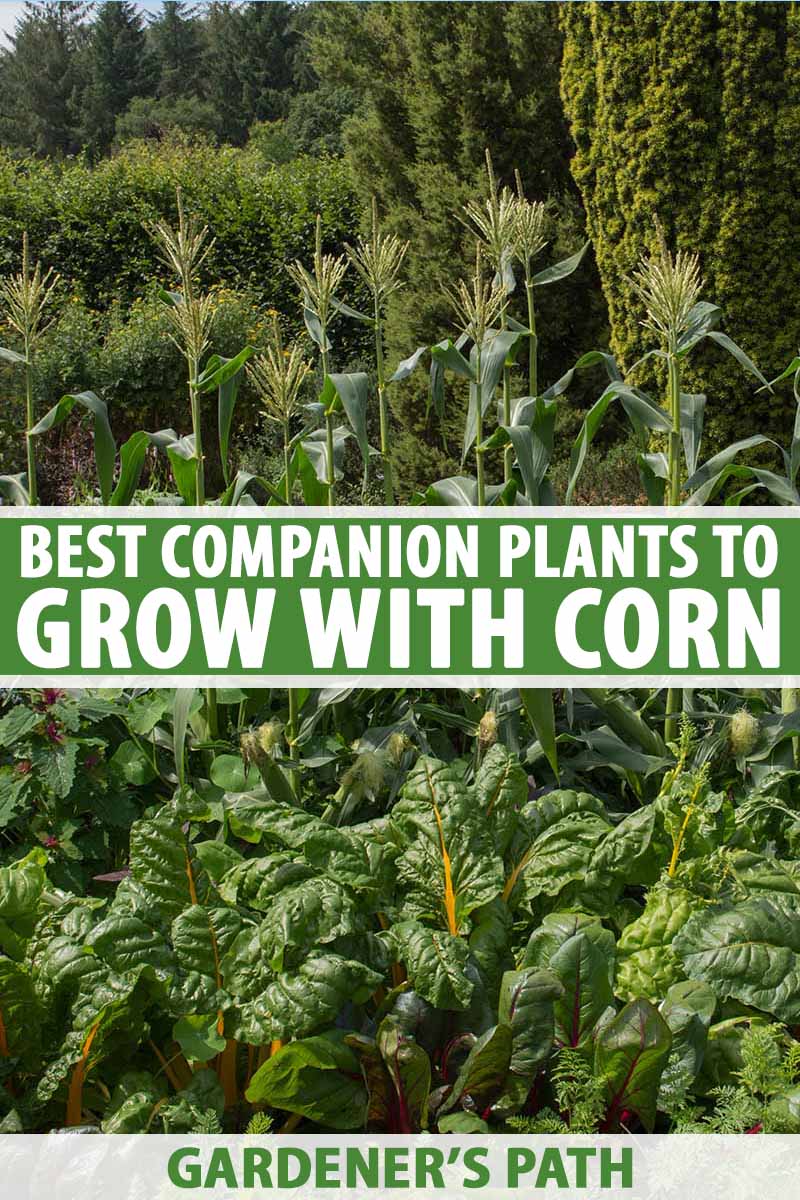
We link to vendors to help you find relevant products. If you buy from one of our links, we may earn a commission.
This got me thinking: how can I help my Zea mays grow tall, strong, and healthy?
The answer? Companion planting, of course.
In my endeavor to grow the sweetest kernels, in addition to careful planting and maintenance, I have found several ideal companions for maize.
I’ll also cover those plants that you shouldn’t grow with your corn crop.
Here’s what I’ll cover in this article:
What You’ll Learn
The Benefits of Companion Planting
Companion planting is the pairing of certain plants in the garden together for some mutual benefit. Certain plants may repel pests, others attract pollinators.
Tall species can provide support for climbers, or shade for low-growing crops.
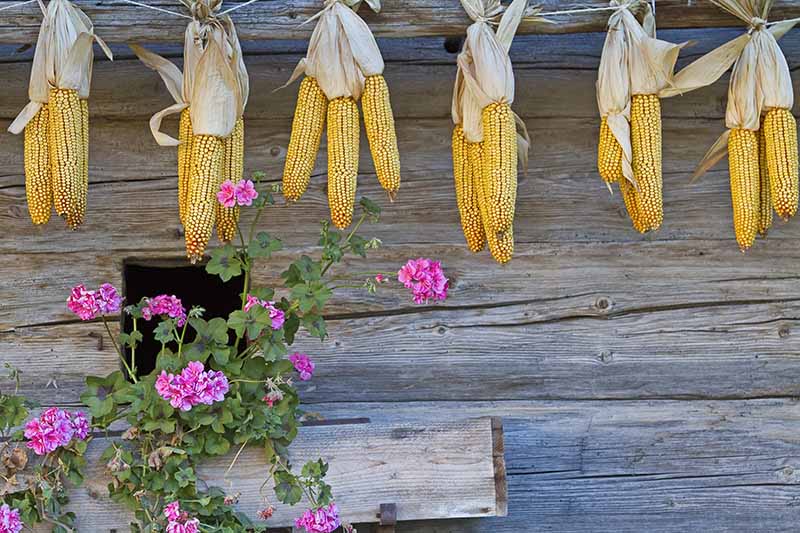
With corn specifically, companion planting allows you to save space in your garden by growing pumpkins among the stalks.
Some plants, like basil, drive away pests that could plague your maize.
Still other plants add nitrogen to the soil, which is important because corn feeds heavily on nitrogen.
But maize benefits other plants, too: it acts as an ideal trellis for beans, or cucumber vines, and it can provide shade for low-growing crops.
Are you ready to learn more about the best things to plant with your Z. mays? Most of the plants on this list are annuals that you can grow just about anywhere – just like maize, which grows best in Zones 2 to 9.
Let’s get started.
9 Companion Plants for Corn
These nine plants are not only perfect companions for corn, but some of them are also tasty!
1. Basil
I grow basil in my garden every year, and then I bring at least one plant inside to keep in my warm house during the long Alaska winter. As an annual, basil thrives in Zones 2 to 10.
It is hard to find fresh basil (Ocimum basilicum) in the winter up here. But it’s worth growing both indoors and out – including out in the garden next to your corn.
Here’s why: one of corn’s chief pests is the maize weevil (Sitophilus zeamais), which can eat your sweet kernels in the garden and in storage.
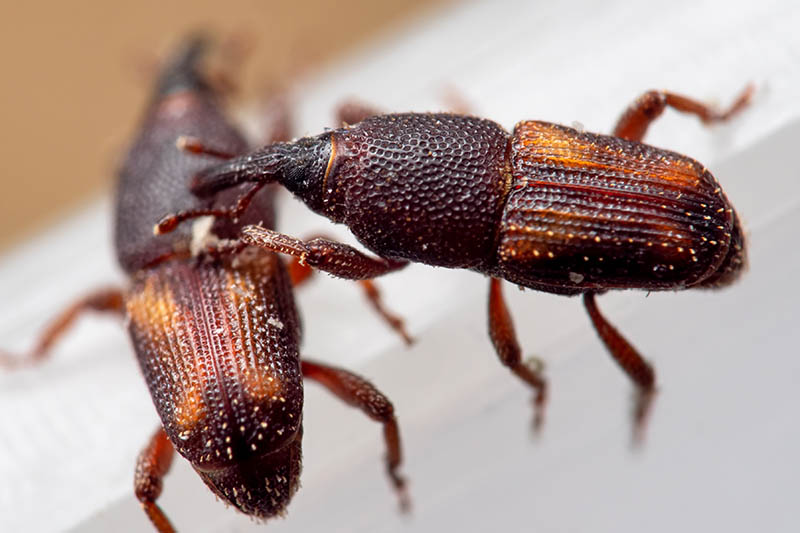
That’s where the basil comes in. Researchers at the Ministry of Agriculture in Kenya found in a 2013 study that crushed, dried basil leaves scattered around corn deter the maize weevil from infesting the kernels.
By planting pungent basil on the perimeter of your corn patch, it’ll keep maize weevils away with its smell.
For extra protection, harvest one or two leaves from each plant, rip them up to release the essential oils, and scatter them at the base of each cornstalk.
This isn’t a tried-and-true method, but it’s one I’ll be implementing in my garden this year.
Find sweet basil seeds in a variety of packet sizes available at Eden Brothers.
Check out our guide to learn more about different basil varieties to grow at home.
2. Dill
Dill, Anethum graveolens, doesn’t just make pickles taste good.
It can also help to repel some of the worst Z. mays pests because, as with other Umbellifers, its flowers attract parasitic wasps and other beneficial insects.

These small wasps that are harmless to humans parasitize and kill many garden pests, including several that plague corn: aphids, corn ear worms, and cutworms.
Dill grows well in the spring, summer, and fall in Zones 2 to 9. Wait to plant your dill until the corn is about four inches tall, so it doesn’t block sunlight.
Dill is usually best planted in the early spring, as it will bolt in warm weather, but in this case you want it to flower.
Feel free to harvest some dill for delicious recipes, like this grilled salmon with dill sauce from our sister site, Foodal. Or this easy recipe for homemade lacto-fermented garlic dill pickles, also from Foodal.
Remember to let plenty of the dill flower, too, because that’s what will attract those beneficial parasitic wasps.
Find seeds for lovely yellow-flowered dill at Burpee, or plant this dwarf fernleaf variety from True Leaf Market – which only grows up to 18 inches tall.
Learn how to plant and grow dill in your garden with this guide.
3. Nasturtiums
With bright, cheerful blooms, Tropaeolum majus is the perfect trap crop to keep aphids away from your Z. mays.
Tastier to aphids than corn, they’ll swarm the nasturtiums and (hopefully) leave your stalks, silks, and kernels alone. Be sure to plant your sacrificial crop several feet away from your corn.
Even better, if you plant nasturtiums, maize, and dill all together, the nasturtiums will attract aphids, while the dill will attract parasitic wasps. The wasps will eat the aphids, providing extra protection and keeping them from ever reaching your stalks and ears.
Companion planting is pretty genius, don’t you think?
And whatever nasturtiums don’t get eaten by aphids can be eaten by you. Toss the blooms and leaves in your favorite salad for a zesty kick.
Find ‘Alaska Mix’ nasturtium seeds in a variety of packet sizes available at Eden Brothers.
Learn more about the different varieties of nasturtiums here.
4. Pole Beans
Squash, corn, and pole beans make up the Three Sisters planting trio implemented for thousands of years by Native American peoples.
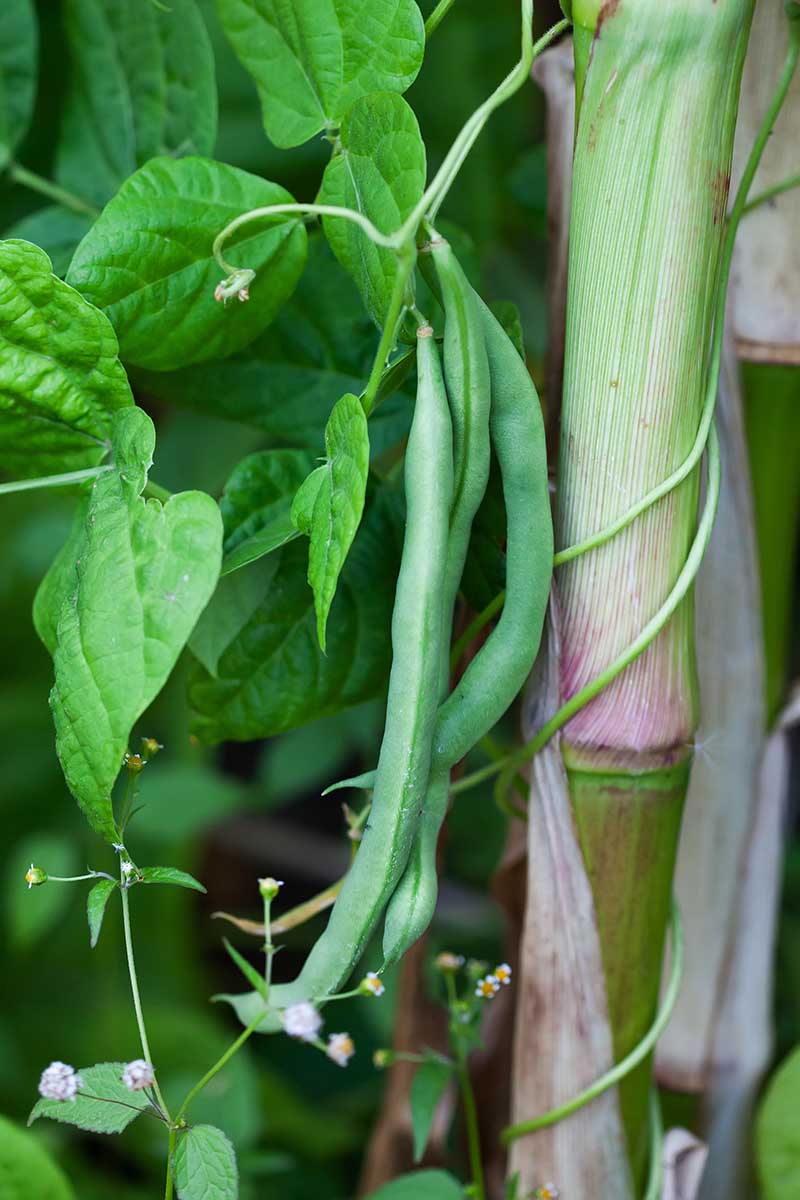
Here’s what pole beans (Phaseolus vulgaris), specifically, can do for maize.
Actually, the relationship is mutually beneficial: pole beans climb the stalks, using them like a trellis, while also helping to stabilize the maize and keep it from falling over when the ears mature – an issue known as “stalk lodging.”
Pole beans grow well in Zones 3 to 10, and you can plant them a couple inches from your maize once the shoots reach a height of six inches. As the beans grow, train the shoots to wind around the stalks.
Find ‘Rattlesnake’ pole bean seeds in a variety of packet sizes available at Eden Brothers and High Mowing Seeds.
Find tips on growing pole beans here.
5. Potatoes
So often, it seems we can’t plant things near potatoes (Solanum tuberosum).
Squash, pumpkins, cucumbers, turnips, sunflowers, and raspberries are among the plants you shouldn’t plant near these annuals, which are hardy to Zones 3 to 10 and thrive in cooler climates.
But is corn on that list?
No. No it is not.
The relationship here is most beneficial to potatoes. A 2010 study published in the American Journal of Potato Research found that using corn as green manure for potato crops reduced the risk of verticillium wilt, caused by the fungi Verticillium dahliae and V. albo-atrum, by 60 to 70 percent.
Verticillium wilt causes potatoes to die before they reach maturity, so this is a significant mode of protection. The study also found that using corn as green manure can help to increase potato yields.

Here’s how to grow maize to act as a green manure for potatoes: plant it in alternate rows, spaced about six inches apart from the tubers.
Once young ears develop on the maize, sacrifice about half the plants by cutting them into small pieces and working those pieces – ears, leaves, stalks, and all – into the soil around the potatoes.
Alternatively, at the end of the growing season, after harvesting your corn, cut the stems and leaves into small pieces and work it into the ground.
Your potatoes will get a huge advantage in both increased yield and lessened susceptibility to one of the worst potato diseases around.
And even if you don’t want to sacrifice any of your corn as green manure, you can maximize your garden space by growing potatoes among the shallow-rooted stalks.
‘Princess Laratte’ Potato Seedling Tubers
Find ‘Princess Laratte’ potato seedling tubers available at Burpee.
6. Pumpkins (and Other Cucurbits)
Squash and other types of cucurbits are another component of the historic Three Sisters, along with corn and beans.
The vining cucurbits act as a living mulch for the corn and beans, keeping weeds at bay and locking moisture into the soil.
‘Waltham Butternut’ Squash Seeds
Plant your favorite cucurbit next to your corn and let the vines spread. Your maize will thank you (and so will those pole beans).
Find seeds to grow your own ‘Small Sugar’ pumpkins, ‘Waltham Butternut’ squash, or ‘Straight Eight’ cucumbers at Burpee.
And, we’ve got growing guides for all your favorite cucurbits here.
7. Radishes
When allowed to bolt, these root vegetables can help keep corn borers away from your crop.
Plant them alongside your Three Sisters as they help to deter cucumber beetles and squash borers from making a meal of your pumpkins.
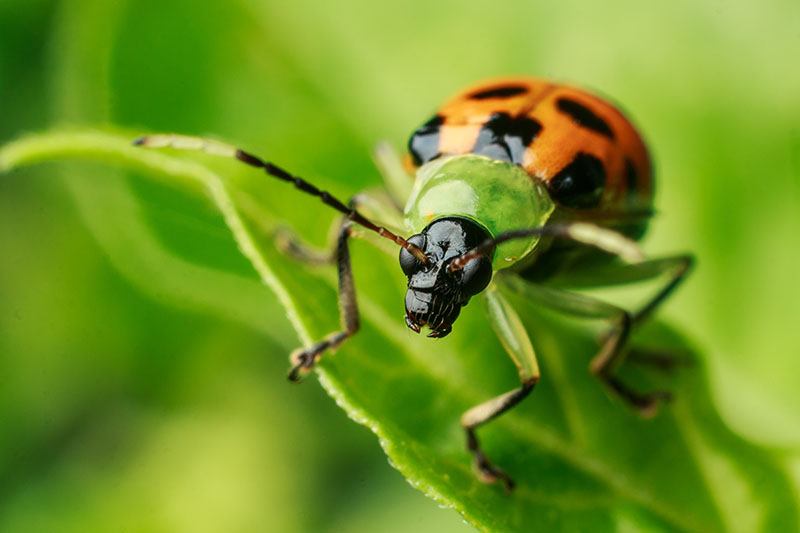
Check out our full radish growing guide to learn how to sow and grow, getting those radishes to work!
Remember that radishes are a very quick crop to grow, often maturing in under 30 days, so use succession planting methods to keep a steady companion crop going for your corn.
Find seeds for ‘Crimson Giant’ available at Eden Brothers.
8. Sunflowers
This beautiful, bountiful flower (Helianthus annuus) is the perfect Fourth Sister to grow with corn, beans, and pumpkins.

In a 2012 study published in the Journal of the Kentucky Academy of Science, researchers found that planting dwarf sunflowers near sweet corn attracted a plethora of beneficial, pest-killing ladybugs.
‘Sunspot’ Dwarf Sunflower Seeds
Other types of sunflowers – most of which are suited to growing in Zones 2 to 11 – will also attract these lovely beetles.
So plant sunflowers near your corn and enjoy the presence of beneficial predators, the beauty of the big happy blooms, and the tasty seeds you’ll get at harvest time.
Find ‘Sunspot’ dwarf sunflower seeds at True Leaf Market, and the large ‘Mammoth’ variety available at Burpee.
Learn how to grow sunflowers in your garden with this guide.
9. White Clover
This sweet-smelling legume (Trifolium repens) acts as the perfect living mulch, or cover crop, for corn, according to researchers at the American Society of Agronomy.

The thick spread of clover suppresses harmful weeds, requiring less weeding work from you. Yet it only grows to about four to six inches tall, so it won’t outgrow your corn stalks.
Plus, like other legumes, clover is able to fix nitrogen from the atmosphere into the soil. Since corn takes a lot of nitrogen from the soil, this is a perfect crop to sow alongside it.
Even better, the researchers found that if the corn acts as a shade for the clover, clover leaves will fall off, drop to the soil, and decompose, adding nutrients even while the corn is still growing.
White clover’s usefulness doesn’t stop there. The flowers attract bees to your garden, and the flowers and leaves alike can even make a tasty addition to a summer salad.
This weed-turned-wonder thrives in Zones 3 to 10, and you can find ‘White Dutch’ seeds available at True Leaf Market.
What to Avoid Planting Near Corn
It’s best to keep your tall maize plants far away from any brassica – such as cabbage, broccoli, or kale – because brassicas need their sunshine and corn won’t hesitate to steal most of it away.
You should also plant your tomatoes on the other side of the garden, as they attract similar pests to corn – and in at least one case, the same pest: the tomato fruitworm or corn earworm (Helicoverpa (Heliothis) zea).
Yes, they’re the same pest. The name that’s used changes depending on what they’re infesting.
Create a Harmonious Garden
Now that you know all the ways that corn and its companions can help each other thrive, you’re one step closer to enjoying a garden with few issues and plenty of fruit.

Have you ever intentionally planted companions with your maize? Send us your tips, tricks, or questions below!
And don’t forget to check out more of our companion planting guides next:
- 9 of the Best Companions to Grow with Garlic
- The Best Companion Plants to Grow with Dill
- The Best Companion Plants to Grow with Kale
© Ask the Experts, LLC. ALL RIGHTS RESERVED. See our TOS for more details. Product photos via Burpee, Eden Brothers, and True Leaf Market. Uncredited photos: Shutterstock.


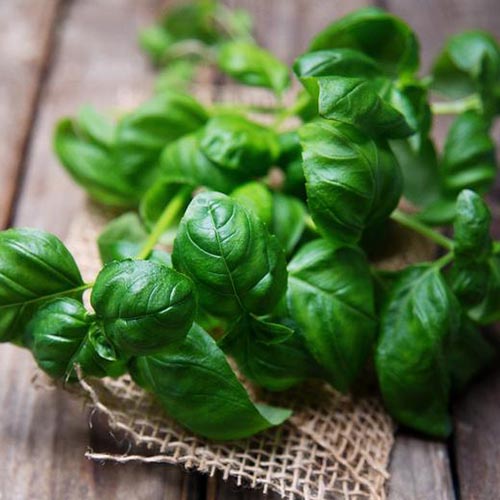
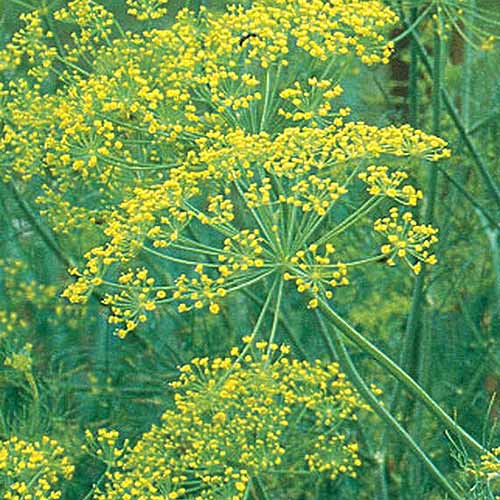

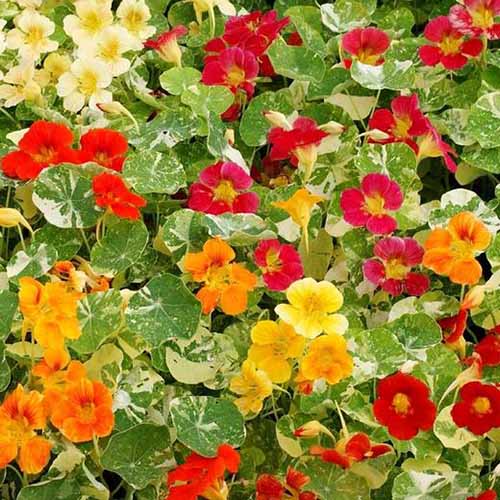
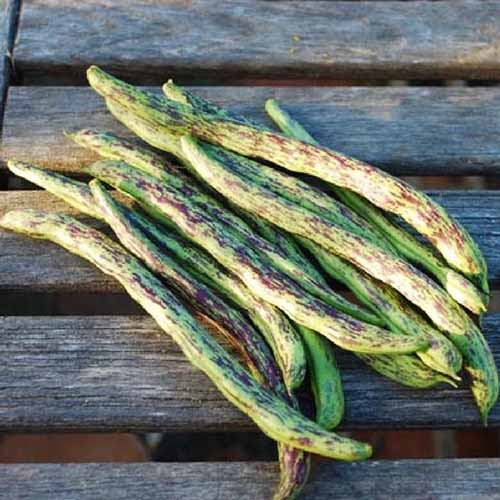
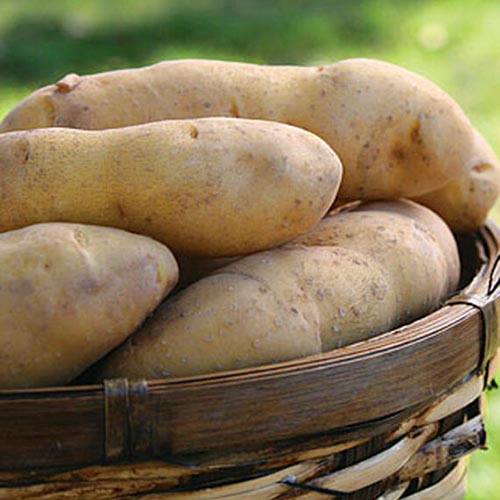
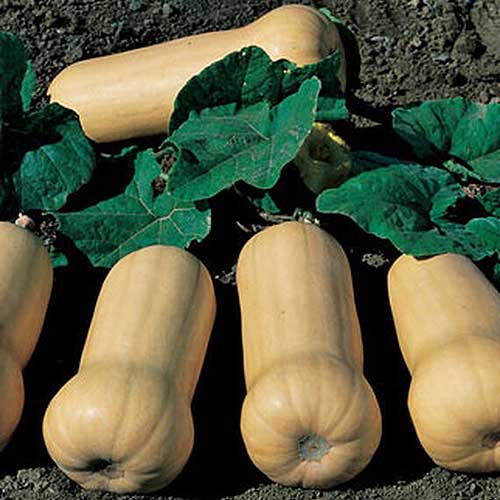
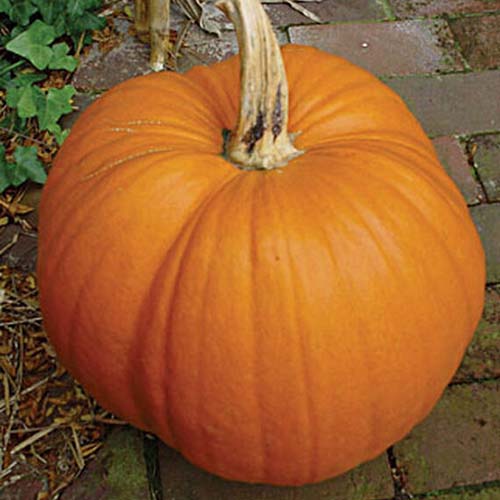
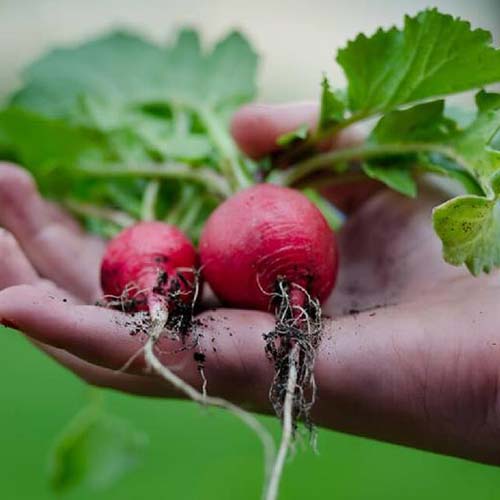
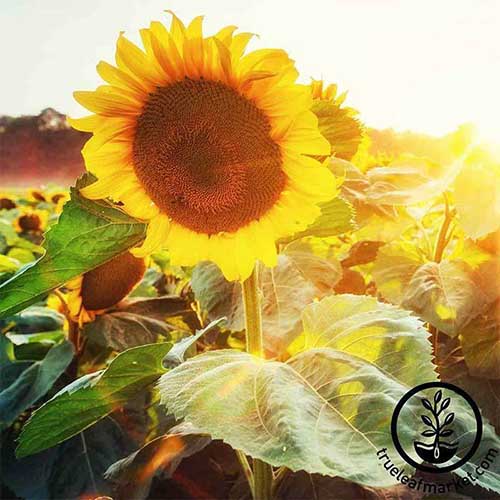
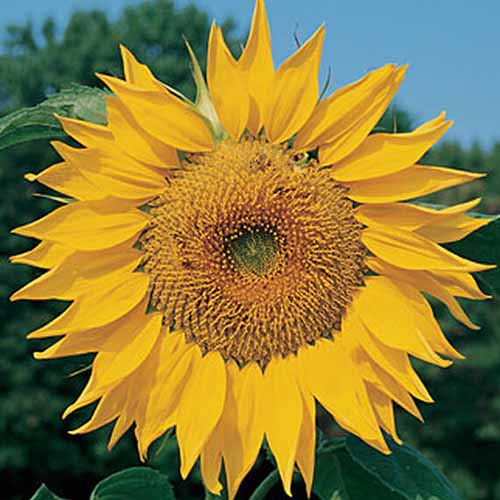
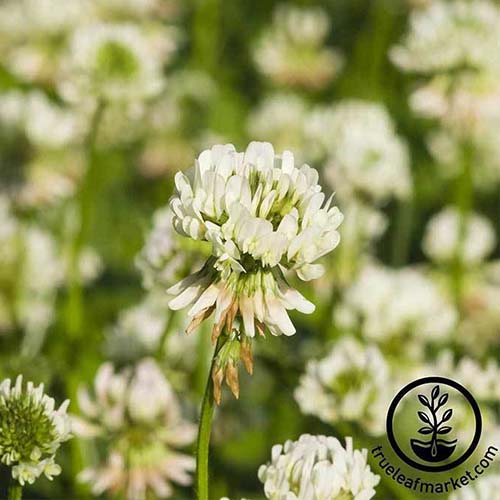



Thank you so much..great planting guide..
I’m glad it was helpful, Elizabeth. Thank you for reading!
I love your info on companion gardening, im in my 3rd year and am learning how to utilize my 4 gardens in the best possible way. Trial and error has been rough so i sought out answers as to what went wrong and you’ve covered all three problems with solutions!! Thank you so much for taking the time to do this!
Thank you for the great info!! 🙂
Hello very insightful research
Well I live in NM, Roswell to be exact and have grown lot of corn.
But the heat here is really bad like several weeks of plus 100 degree.
I want to plant squash and pole beans with my corn this year but how
par apart should plant and alternate which with which ???
Thanks
Hi Ricky, Thanks for your question! It sounds like you are planning a traditional Three Sisters style planting. My first tip for you is that I would recommend seeking out heat tolerant varieties for corn, beans, and squash to help them hold up in the hot weather. Tatume is a great heat tolerant summer squash variety – it’s one of the selections I included in my article on 21 of the best summer squash varieties. As for beans, tepary beans are extremely heat tolerant and are native to New Mexico. You can learn more about them in my article on… Read more »